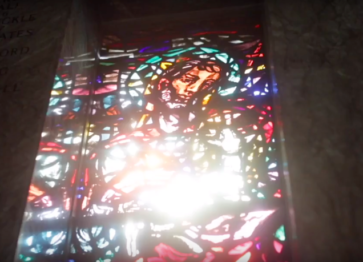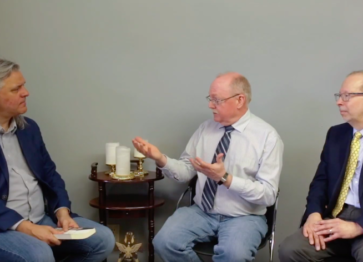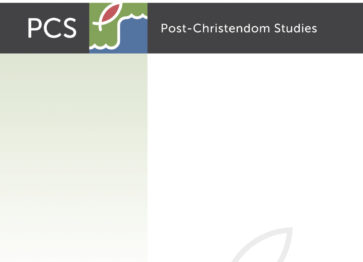Despite Canada’s very different historical development, one marked by numerous partnerships between government and churches, a constant refrain raised in Canadian discussions of the role of religion in public life is the American notion of “separation of church and state.” As a result, Canadians (population 34 million) often find themselves drawing on notions of church-state relations from their much larger southern neighbor, the United States of America (population 321 million).
Even Canadian church leaders often parrot the phrase, thinking that the American model is the only way forward for a church increasingly on the margins.
Conjuring up the American model may simply reflect not knowing the differences between Canada’s and America’s past.
Or invoking of the notion “separation of church and state” may be a rhetorical device aimed at silencing and disenfranchising religious voices in the public square. Underlying such usage is the assumption that any religious voice in the public square is harmful and will lead to some type of fundamentalist theocracy.
The reality is that there are a number of ways to think about church-state engagement in a pluralistic world, as a recent book by Christopher Soper, Kevin R. Den Dulk and Stephen V. Monsma indicate.1 They examine three models in six stable western democracies that demonstrate the variety of ways in which nations have sought to deal with religion in the public square:
Strict Church-State Separation
Based heavily on Enlightenment assumptions, this view considers religion and the state to be two legitimate spheres that should be kept separate. Religion is to be private and personal, and the state should be neutral when it comes to such matters. This is the model of the United States and of France. It may best be known for positions such as no state money for faith-based initiatives, no state funds for religious instruction, and no religious symbols in public square.
Established Church Model
This model is at the other end of the spectrum, far from the Strict Church-State Separation model. In this model church and state form partnerships to advance the cause of both, and both are seen as pillars upon which a stable society exists. Religious establishment can be formal or informal. In England there is a formal established church (although all religions have freedom to worship), in Germany there is more of an informal establishment of multiple churches. In both cases, churches partner with the state in such things as religious education in schools, or charitable work.
Pluralist or Structural Pluralist Model
In this model society is comprised of various pillars of society, such as arts, business, education, and so on – including religion and government. Each pillar/sphere has responsibilities and activities, and each is to be autonomous and free to carry out its mandate. This is the model of the Netherlands and Australia, where government remains neutral on matters related to religious or secular worldviews. However, it differs from the above noted US or French model in that each pillar of society – including religion – has “as much right to sit at the public policy table as their secular based counterparts.”
Let me note a few things about Soper, Dulk and Monsma’s conclusions.
First, there are different ways of envisioning religious life in the public square in a pluralistic or secular culture. No one denies that things have changed in the West since the 1960s, and the contemporary challenge is to re-think religion’s place in society. In doing so, however, let us not limit our imagination by thinking that there is only one way forward. What Soper, Dulk and Monsma remind us is the fact that church-state relations develop out of a particular context, and churches in different countries will need to respond in culturally meaningful ways that reflect past and present trajectories and sensibilities. The issues of post-Christendom cross borders quite freely, but the ways in which churches negotiate relationships with the state mean that Canadian churches will need to develop a distinctly Canadian way forward, just as Christians in Germany need to find a Germany way, and so on.
Second, all three models are under pressure, especially in Europe. No model of church-state relations is static, but for centuries have been fluid and evolving to needs and norms. Time will tell how recent patterns of immigration and changing social mores will impact expectations of how religion engages the public square.
Third, knowing the Bible is simply not enough (this is not stated in the book, but it is certainly an implication for Christians concerned about such matters). Simply finding this or that biblical passage to support one model or another will not suffice. The issues related to religion in the public square are highly complex, and require a thoughtful understanding of jurisprudence and technical discussions of law and constitutions, as well as theology. Whatever the way forward is for one’s particular nation (note point #1 above), recognizing such multi-faceted complexity is a basic starting point.
Endnotes
1. J. Christopher Soper, Kevin R. Den Dulk, and Stephen V. Monsma, The Challenge of Pluralism: Church and State in Six Democracies (Lanham: Rowman & Littlefield, 2017).
*The views and opinions expressed in this article are those of the author and do not necessarily reflect the official policy or position of McMaster Divinity College or the Centre for Post-Christendom Studies.*




